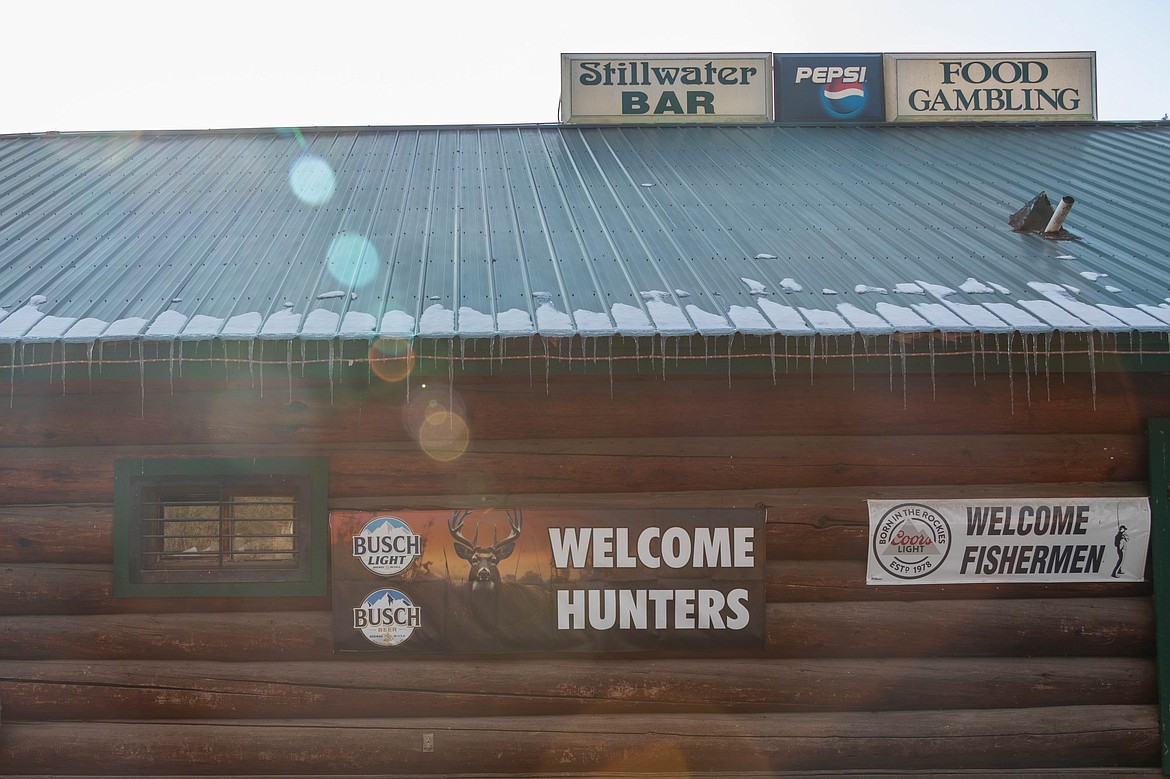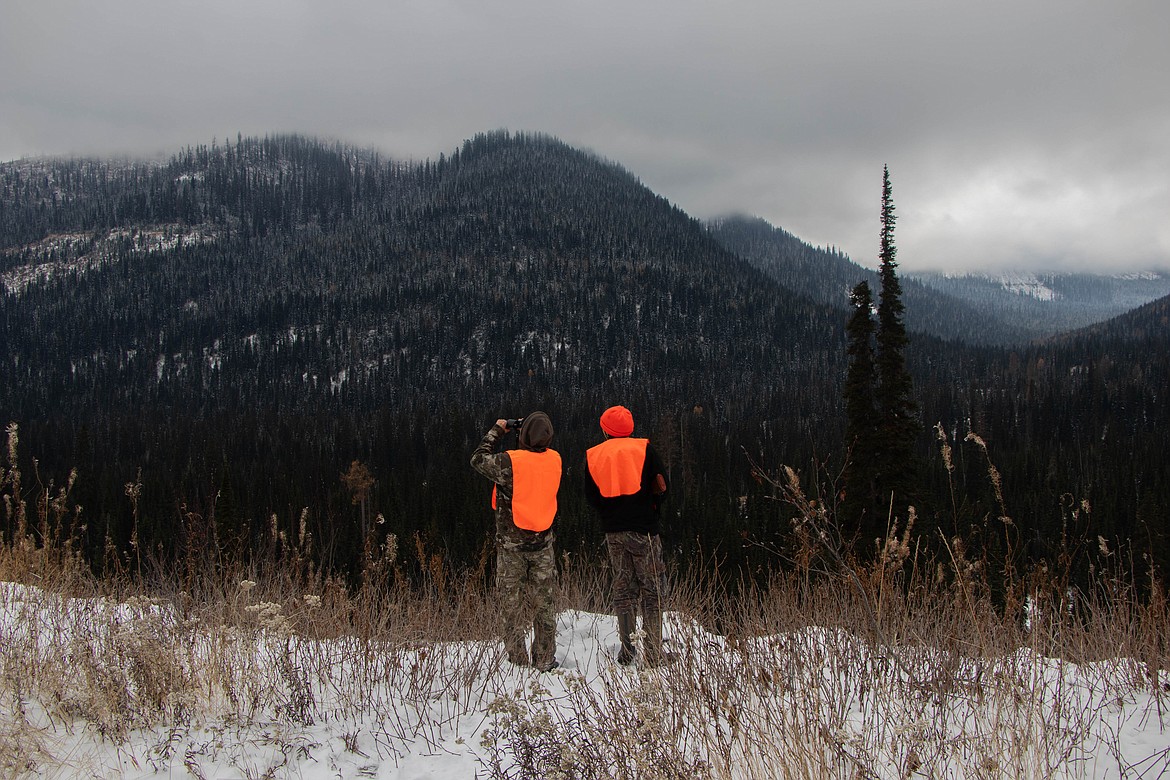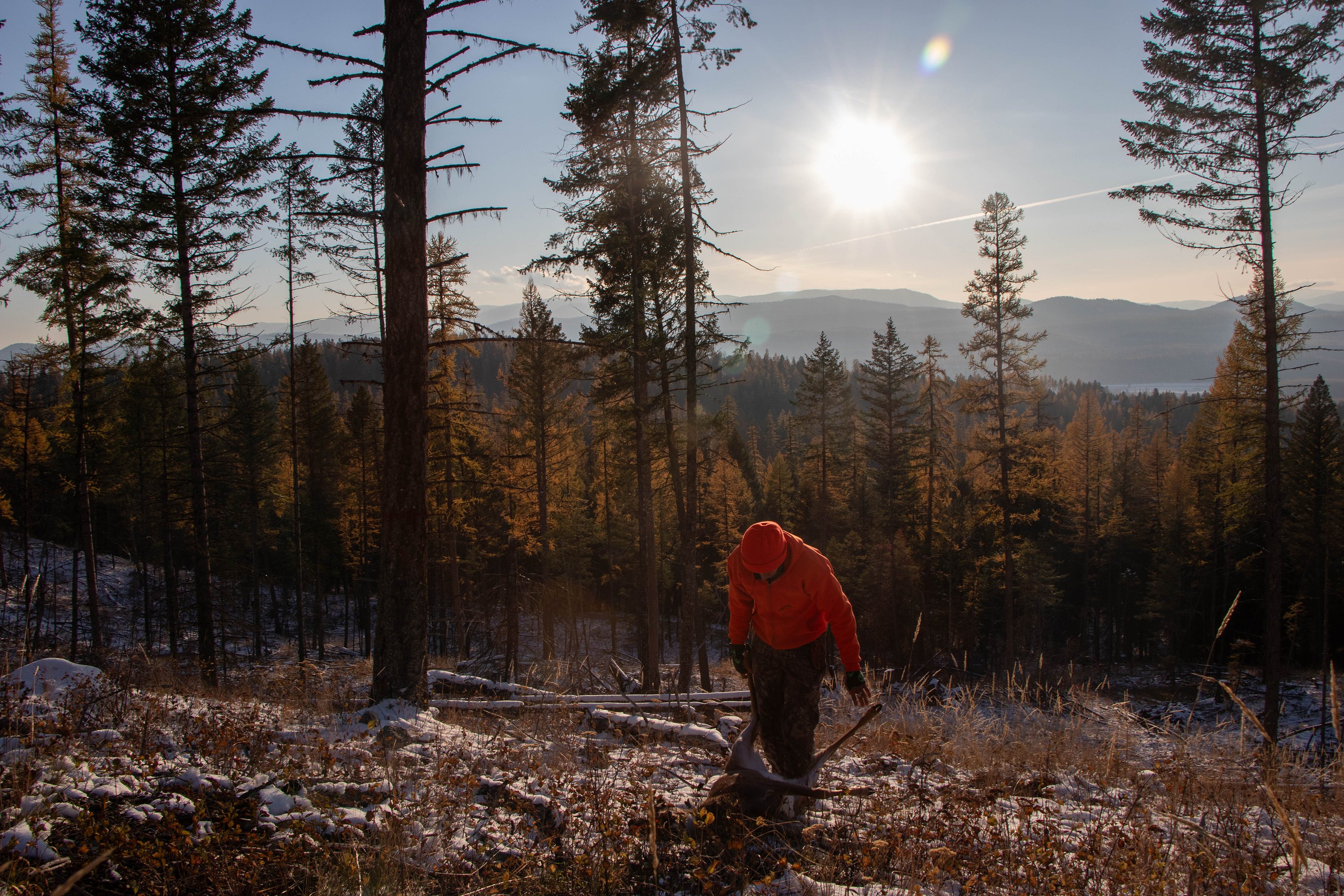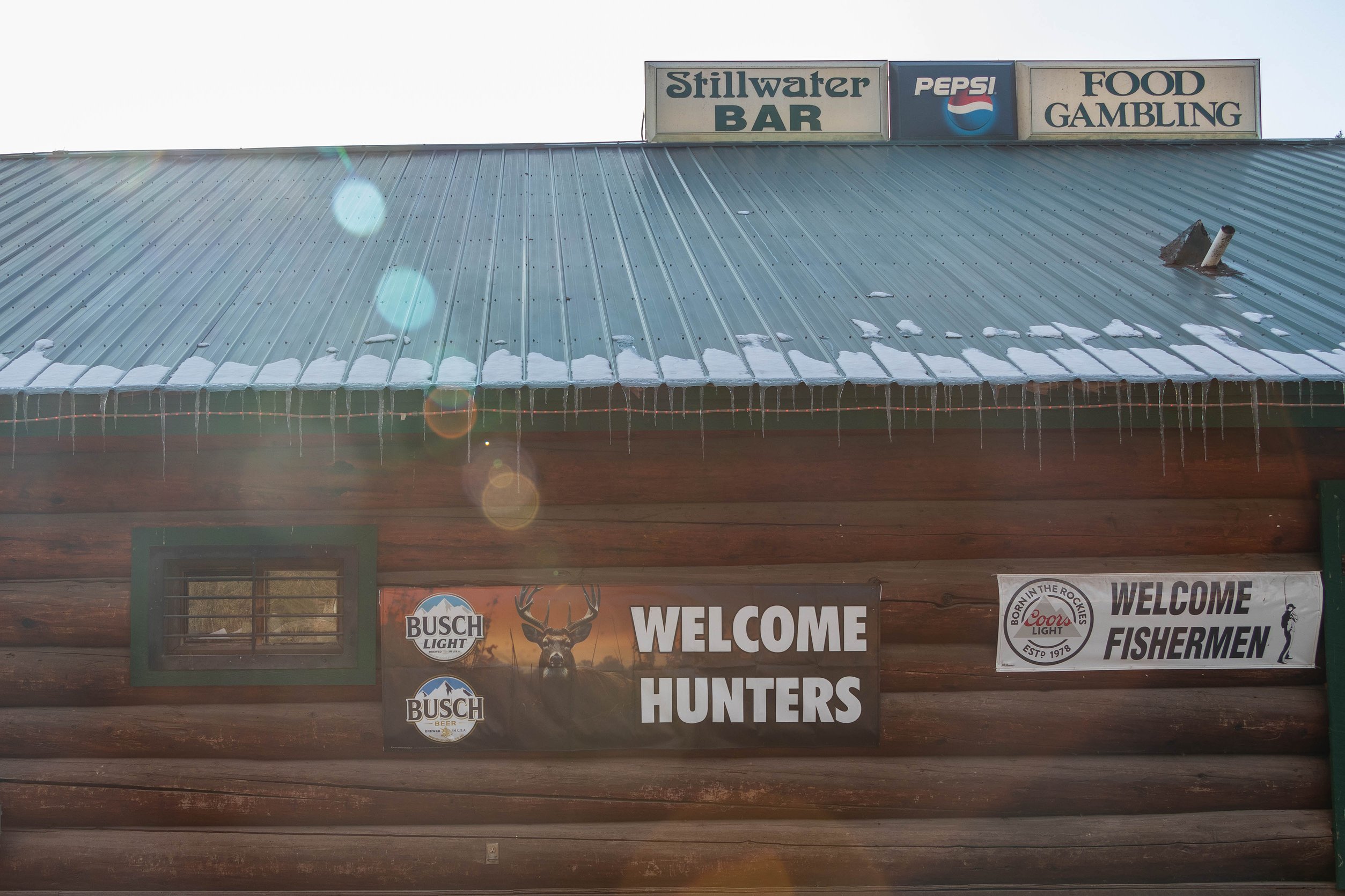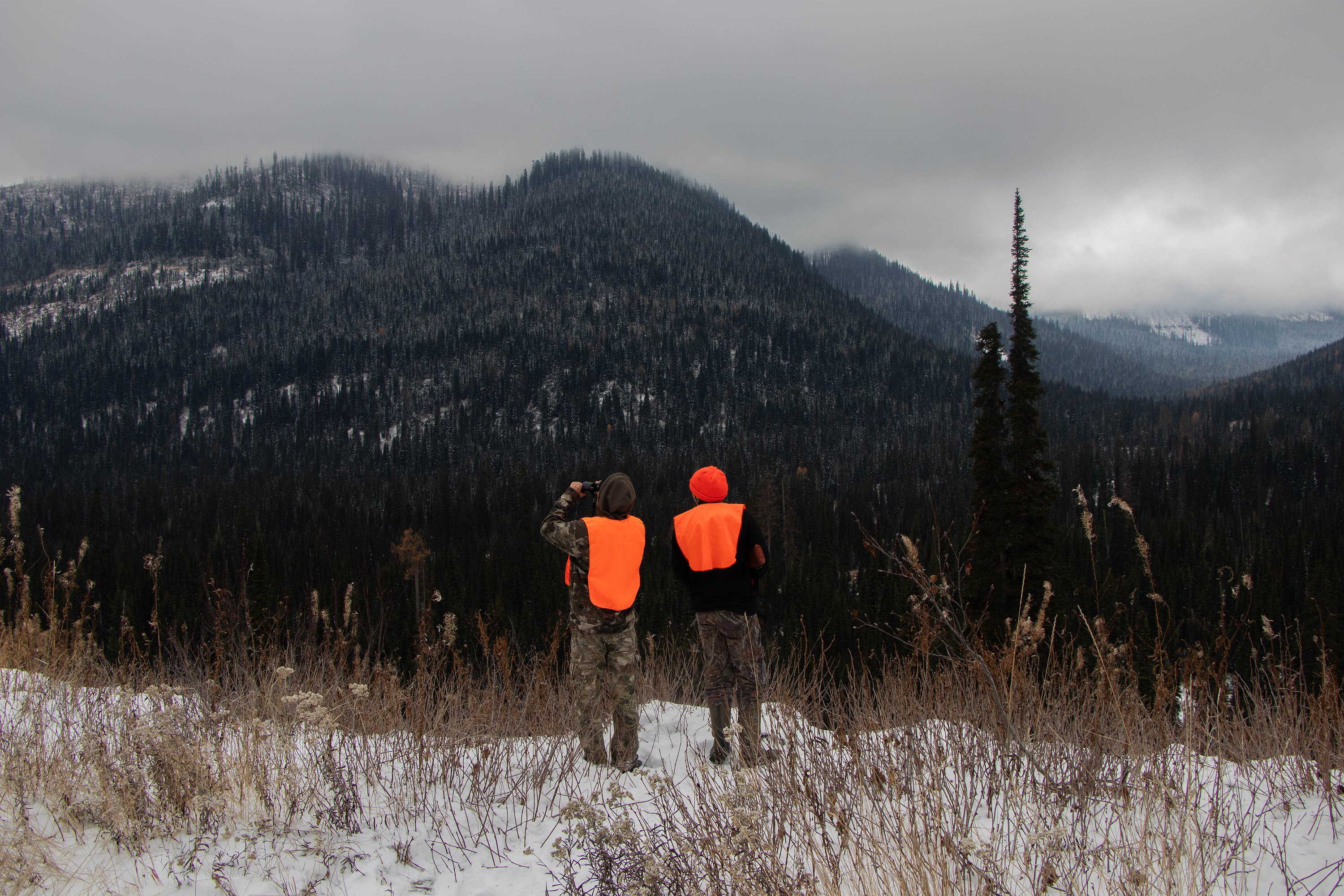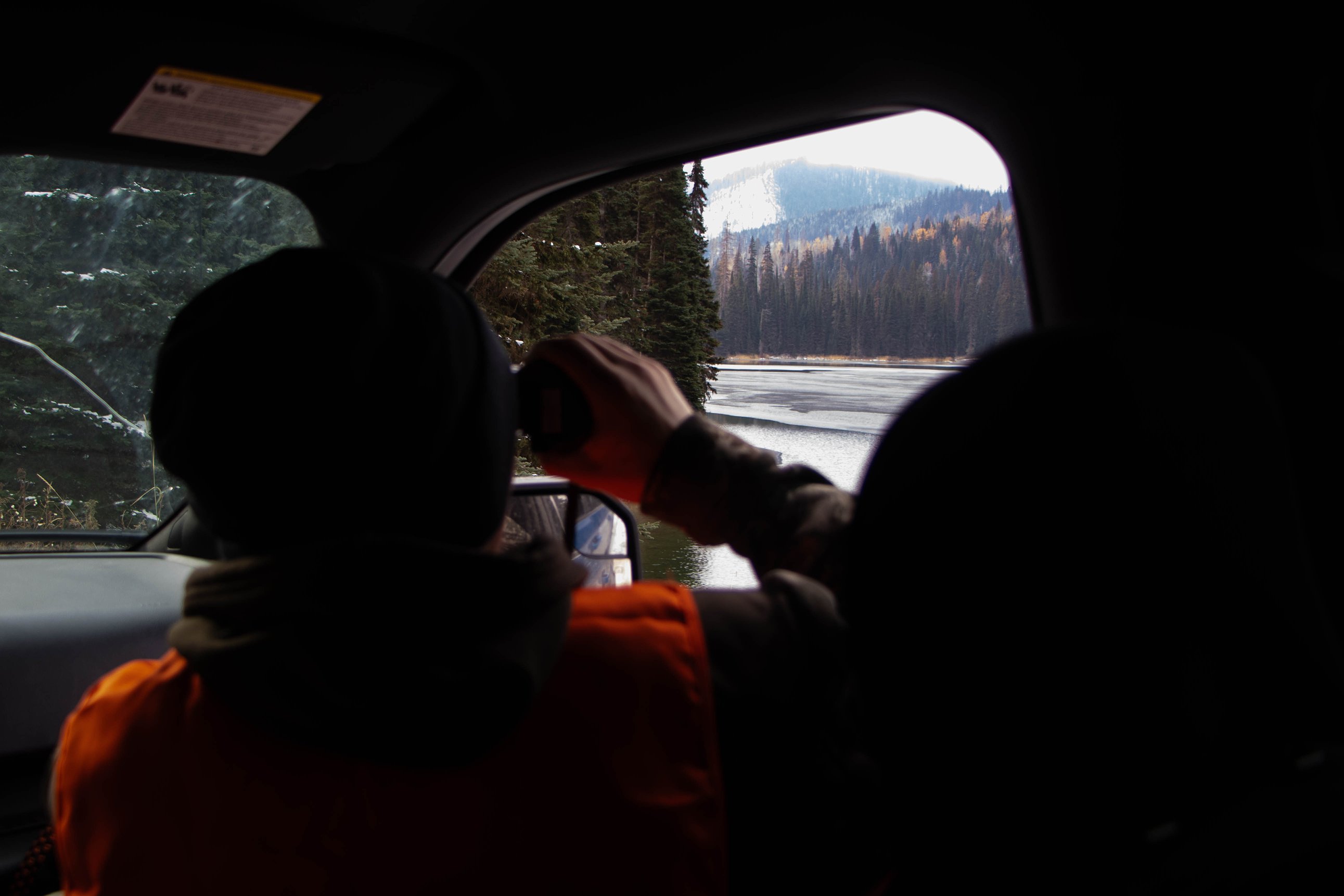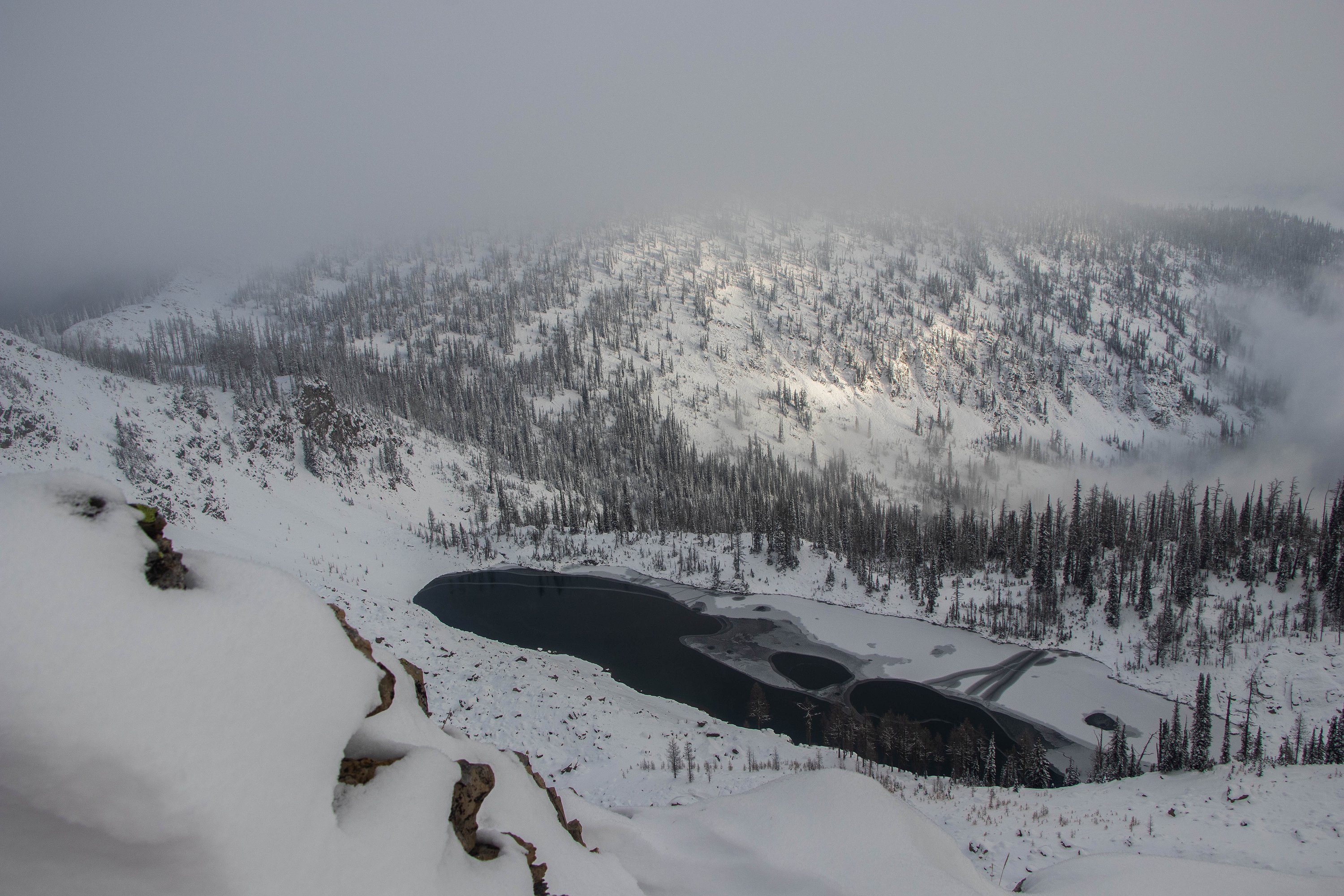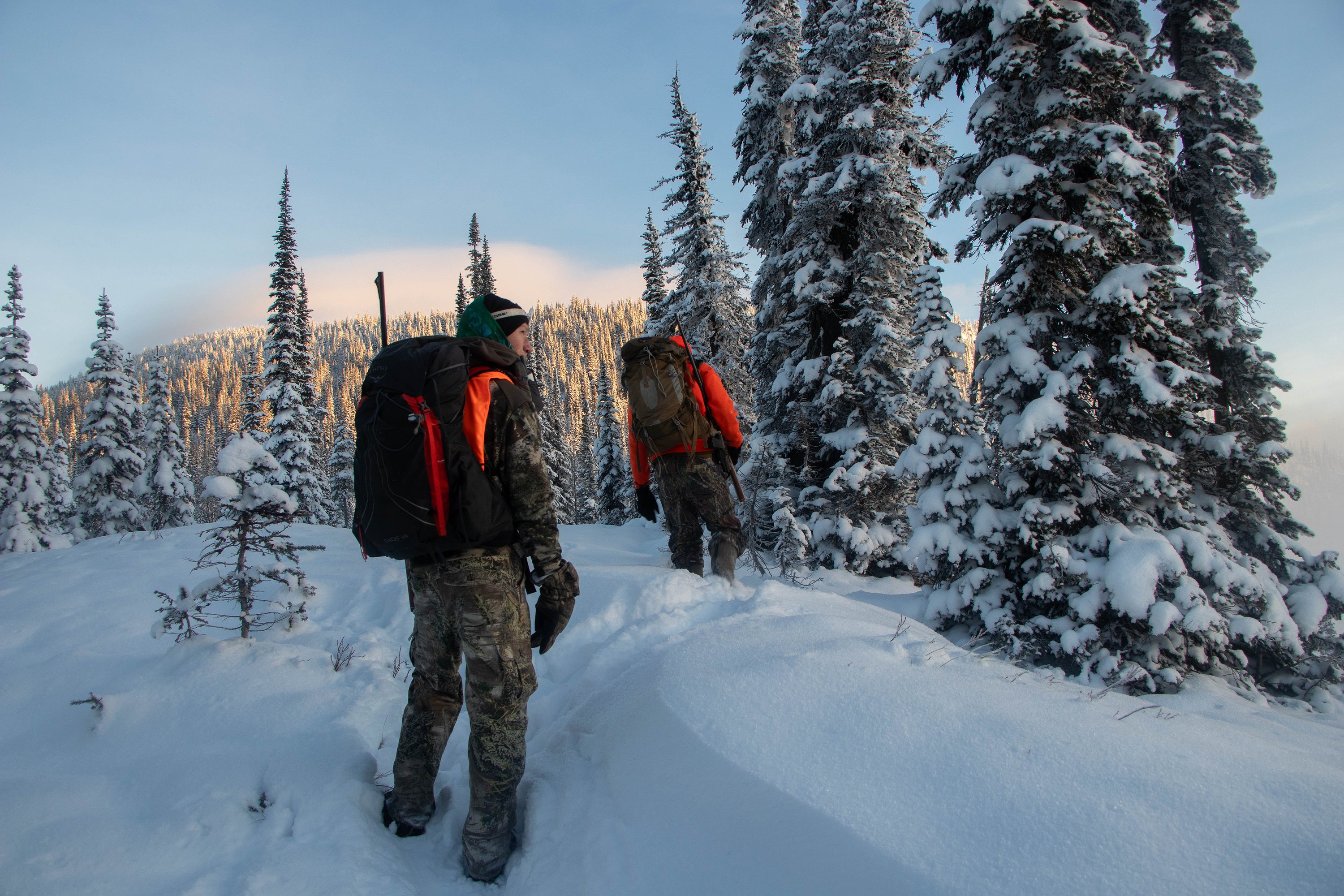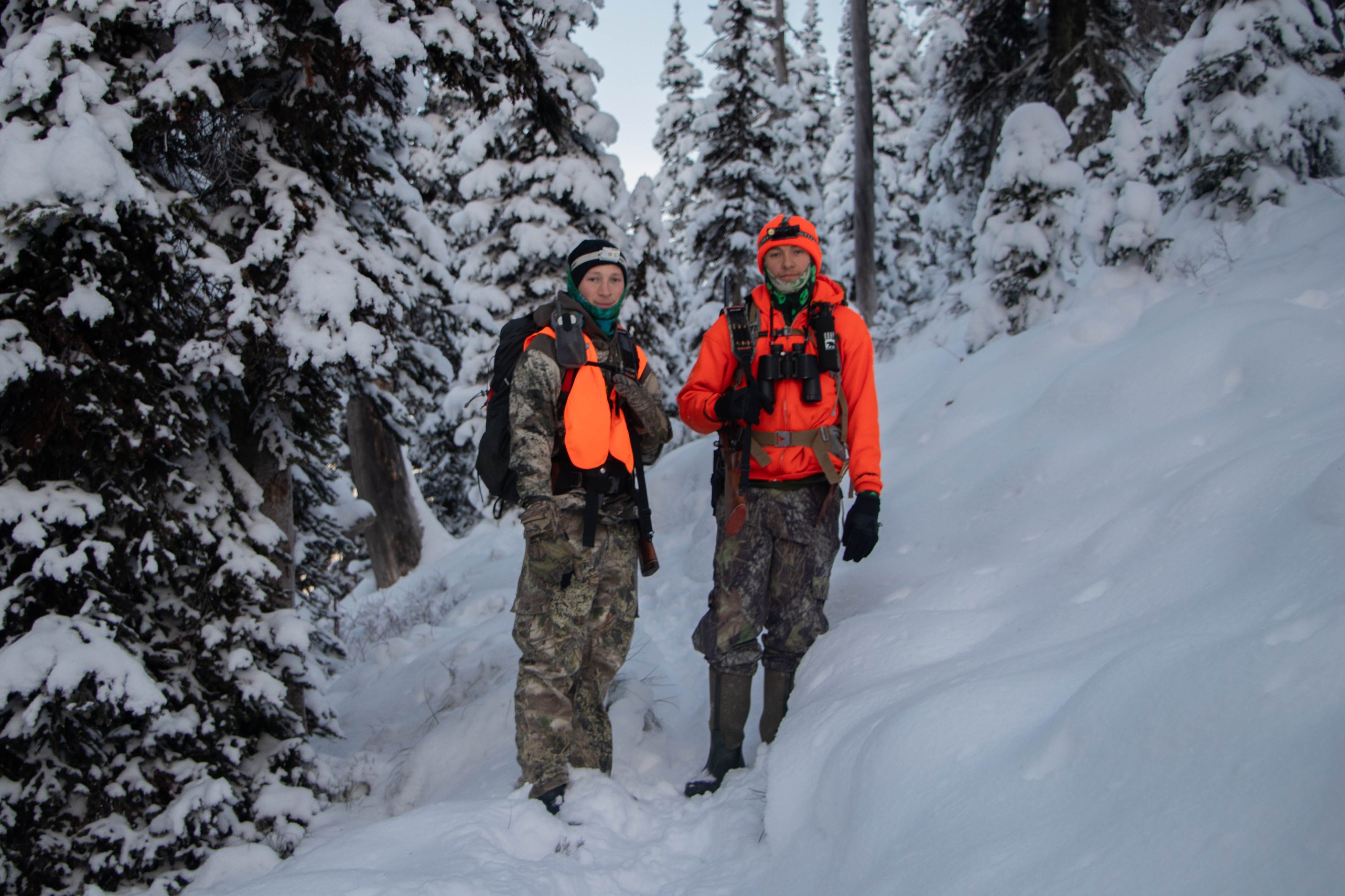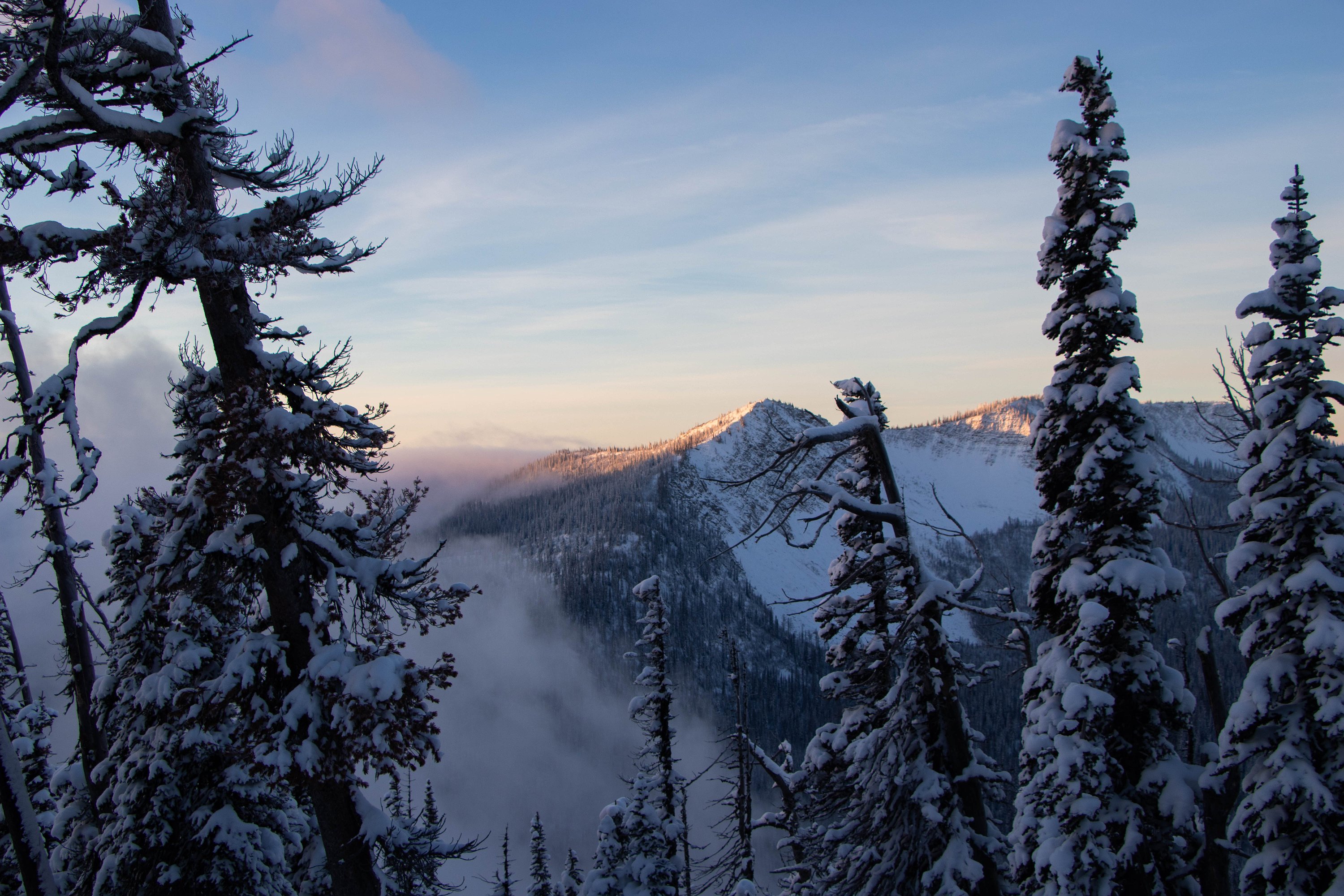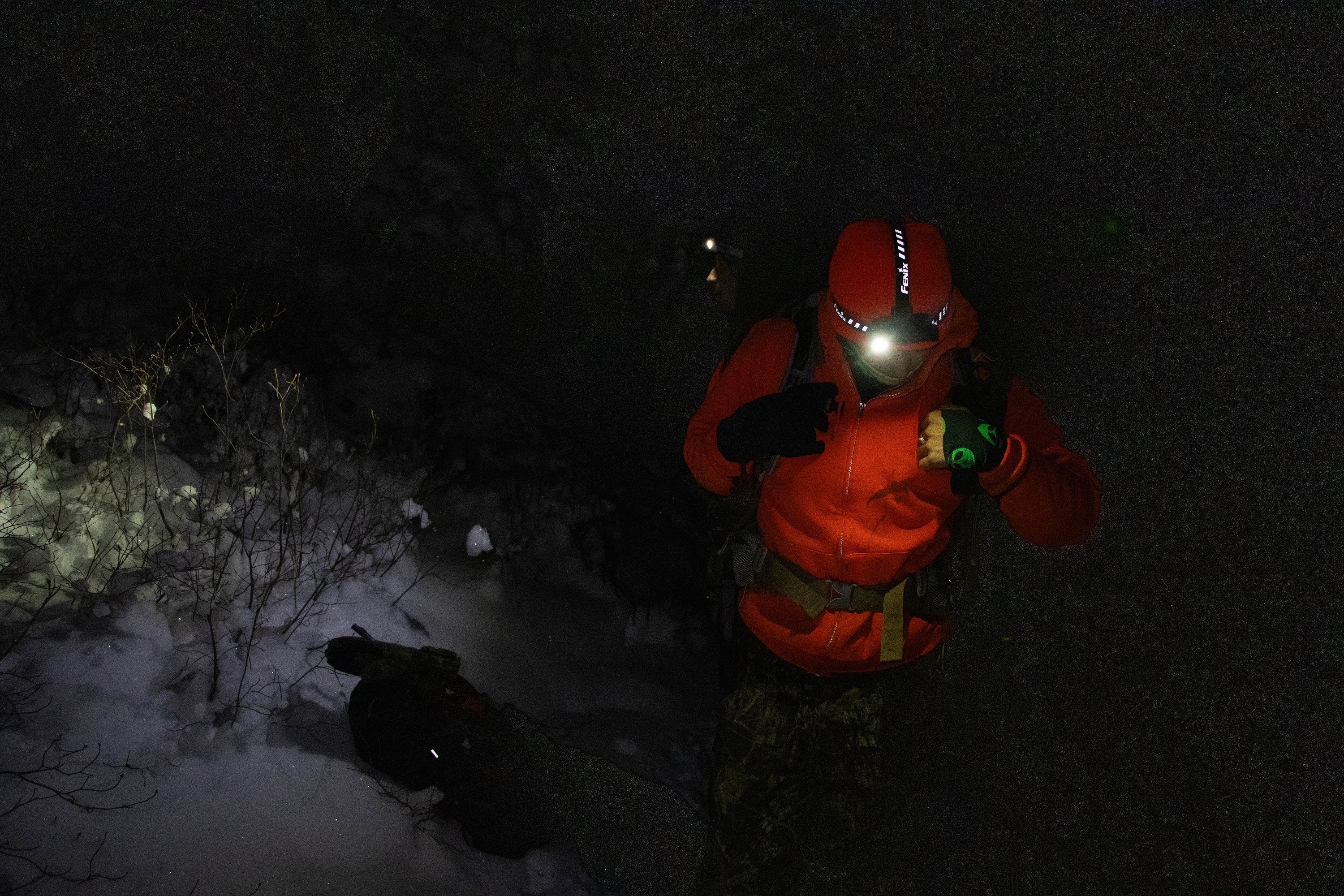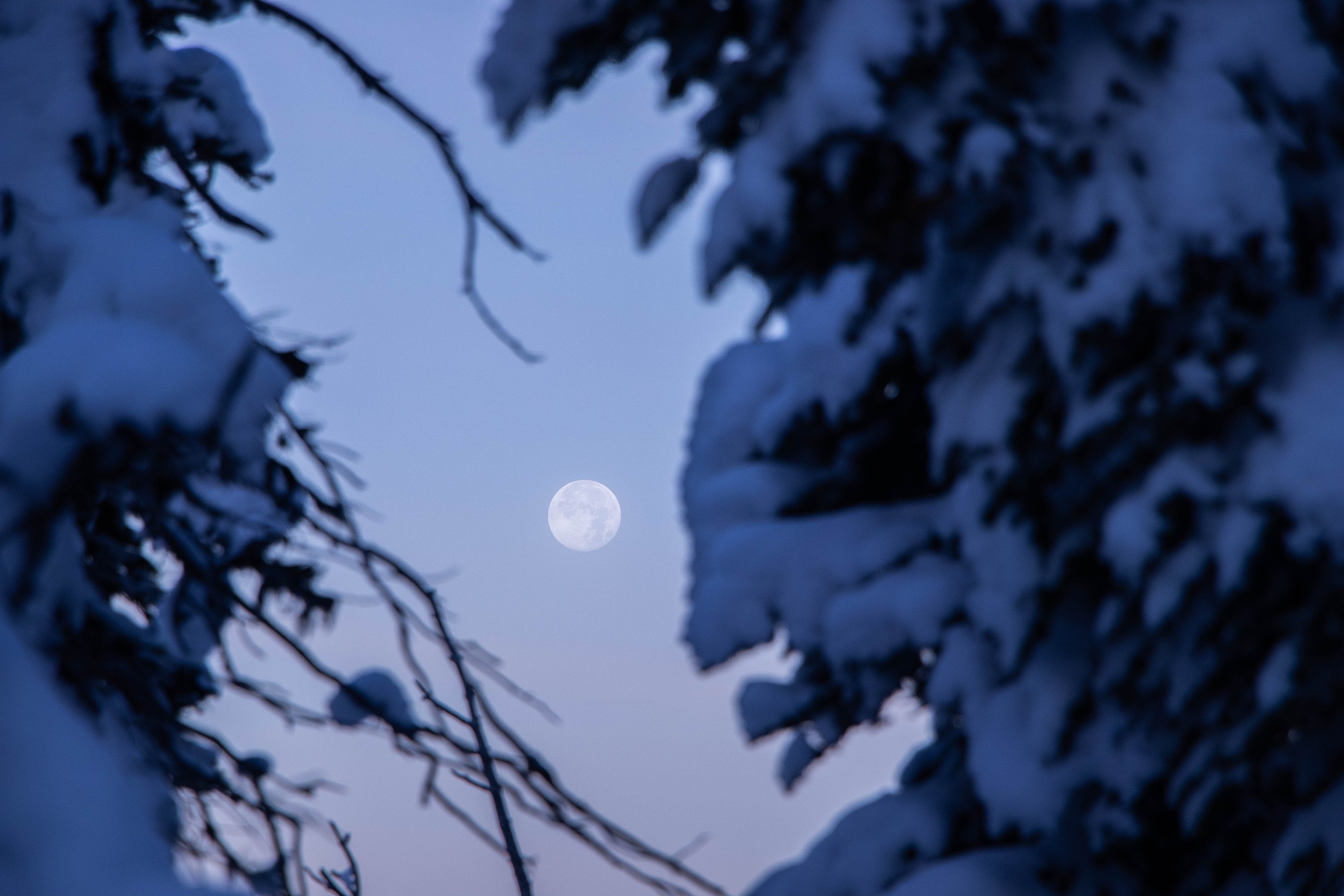Cold walk in the woods puts meat in the freezer
KATE HESTON | Hagadone News Network | UPDATED 2 years, 1 month AGO
Kate Heston covers politics and natural resources for the Daily Inter Lake. She is a graduate of the University of Iowa's journalism program, previously worked as photo editor at the Daily Iowan and was a News21 fellow in Phoenix. She can be reached at [email protected] or 406-758-4459. | November 5, 2023 12:00 AM
Growing up, hunting was a foreign concept to me, partly because no one I knew really hunted and I was always averse to any sort of death. My cousins would forage for mushrooms in Cedar Rapids, Iowa, every year, however, which was the closest understanding I had to the concept of harvesting.
When I moved to the Flathead Valley a year ago, I was tasked with covering natural resources and the environment here in Northwest Montana. Hunting is a major part of that conversation.
I know about the number of elk in Region 1 and the public comments Montana Fish, Wildlife and Parks gets on their management plans. I know about the severity of chronic wasting disease and about the various opinions on hunting predators. I did not know, however, what a day of hunting entailed.
Last Sunday, I awoke at 4 a.m. to a dark sky and 5-degree weather. Two of my mutual friends, Reese Holden and Brandon Phillips, both outdoorsmen and Whitefish residents, told me that they were going to hunt for elk. I decided to tag along.
I put on three pairs of pants, three shirts, two jackets, two pairs of socks and the normal winter outerwear, borrowing a couple camouflage and orange pieces, and met Holden and Phillips at 5 a.m. For me, just like many other hunters in northwest Montana, the day was just beginning.
We drove out near Link Lake, within the Flathead National Forest in the Glacier View Ranger District, and arrived at around 6:30 a.m. Bundled up, geared up and wearing blaze orange, the three of us began our hike up 2,000 feet to the ridge line of Lake Mountain, hoping to have a birds eye view of the region.
We hiked in around 8 inches of snow, with headlamps on to start. With each step, the snow sparkled under the light. The trees were heavy with fresh powder and a fog surrounded us. At around 8 a.m, the fog lifted to our east, revealing a soft pink sunrise behind freshly capped mountains.
It was a beautiful morning, except for the lack of animals.
We didn’t see a single animal — besides a few birds — on our hike to much frustration among the group. We passed some elk tracks, tracks that looked like wolf tracks and saw a distant game trail, but no big game.
On the early drive over though we did see an elk standing on the side of U.S. 93 in the dark where no hunting was allowed.
“They’re mocking us,” the guys joked.
So we sat, hoping to see a massive elk pass in front of us, but left after 40 minutes due to frozen toes, heavy fog to the west and no animals.
On our way out, we pulled into the Olney check station. Empty-handed, we drove through the “no game” lane.
At 2:30 p.m., the Olney check station reported that they saw one buck, one mule deer and two wolves harvested that day so far.
Two and a half hours and a burger at the Stillwater Bar and Grill later, the three of us were slowly driving through the forest near Whitefish, looking for any movement among the trees. My guides spoke about their hope to get anything, as they both were nearly out of meat from last year’s harvest.
At around sunset and after a couple hundred miles in the day, Phillips felt confident they would see something. We went south, we went a little further east, we went back northwest and scouted the area.
We weren’t the only ones who had that idea. Other cars, also driven by someone in blaze orange, passed us every couple of miles, exchanging a disappointed eye with us.
Then we started seeing some animals. Within the next hour, we saw two mama does with their fawns, an easy target to let prance away.
But by the end of the day, however, and with a little bit of luck, we drove off with a doe, a buck and four tenderloin steaks to eat for dinner that night.
Both animals were harvested around the Flathead Valley, a close-to-home, long day that paid off in the end for my two friends. The high fives, excitement and genuine care for the animal is admirable, and I would hope that respect is always a part of this sport that many Montanans hold dear.
The general hunting season opened Oct. 21. Montana Fish, Wildlife and Parks reported that 1,600 hunters appeared at Northwest Montana game check stations during opening weekend. The stations reported a slow start to the season, with a low overall number of hunters who got whitetails or mule deer. Elk numbers were about the same as last year, state wildlife officials said.
Despite the limited amount of animals we saw for the majority of the day, my first experience hunting was seemingly successful.
As the rest of the big game season continues, I hope other Montana hunters find success in their quest to harvest animals.
Reporter Kate Heston can be reached at [email protected] or 758-4459.
ARTICLES BY KATE HESTON

Veteran-owned mobile boat repair service anchors down in the Flathead Valley
The Kramers launched Flathead Mobile Marine to use their skills — they have decades of experience performing routine maintenance checks on a variety of boats as well as working with engines and electrical systems — and help boaters in the community.
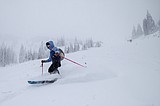
With ski season near, resort reaches deal with staff
After 18 months of negotiations, Whitefish Mountain Resort executives and the resort’s ski patrol union are finalizing a one-year contract for the upcoming season.

Trapped in a car wreck, Woods Bay woman credits teens with saving her life
Driving home from a quilting event in Bigfork in September of last year, Carol Martin remembered that the sky was clear, the sun was shining, and she had a headache.




